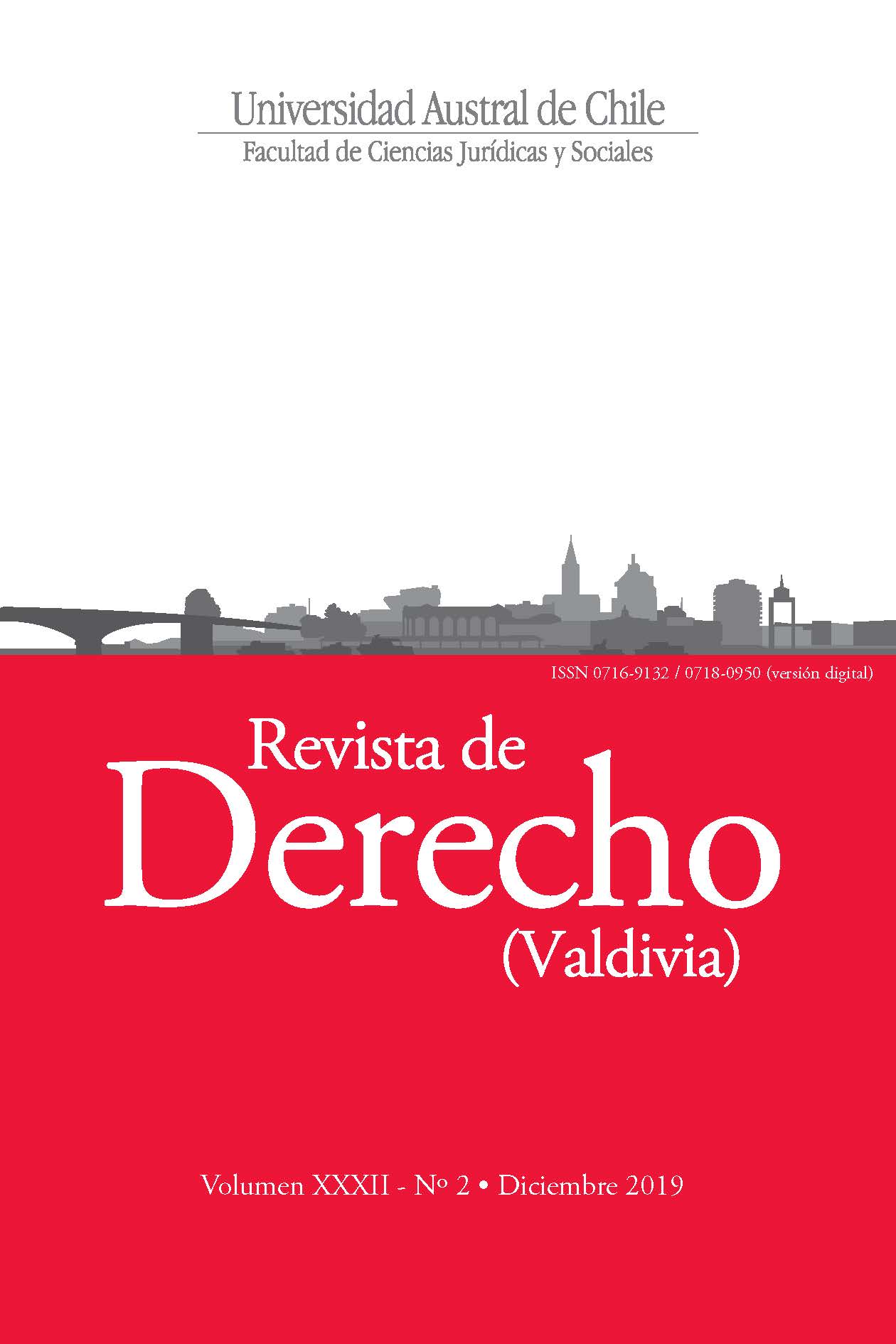The Contribution of the Right to Truth to collective memory
Main Article Content
Abstract
This paper examines the right to truth’s capacity to contribute to the discovery of historical truth and to the construction of collective memory after periods of exceptional violence. In order to do this, it distinguishes two dimensions of this right. The first one aims at reconstructing the past through criminal justice, identifying perpetrators and providing remedies to victims. The second consists on a number of practices and norms that aim to consolidate respect to collective memory through the production and circulation of discourses about the past in the public sphere. The purpose is to demonstrate that while the first dimension privatizes an essential political practice (the construction of collective memory) the second one make this practice possible.

